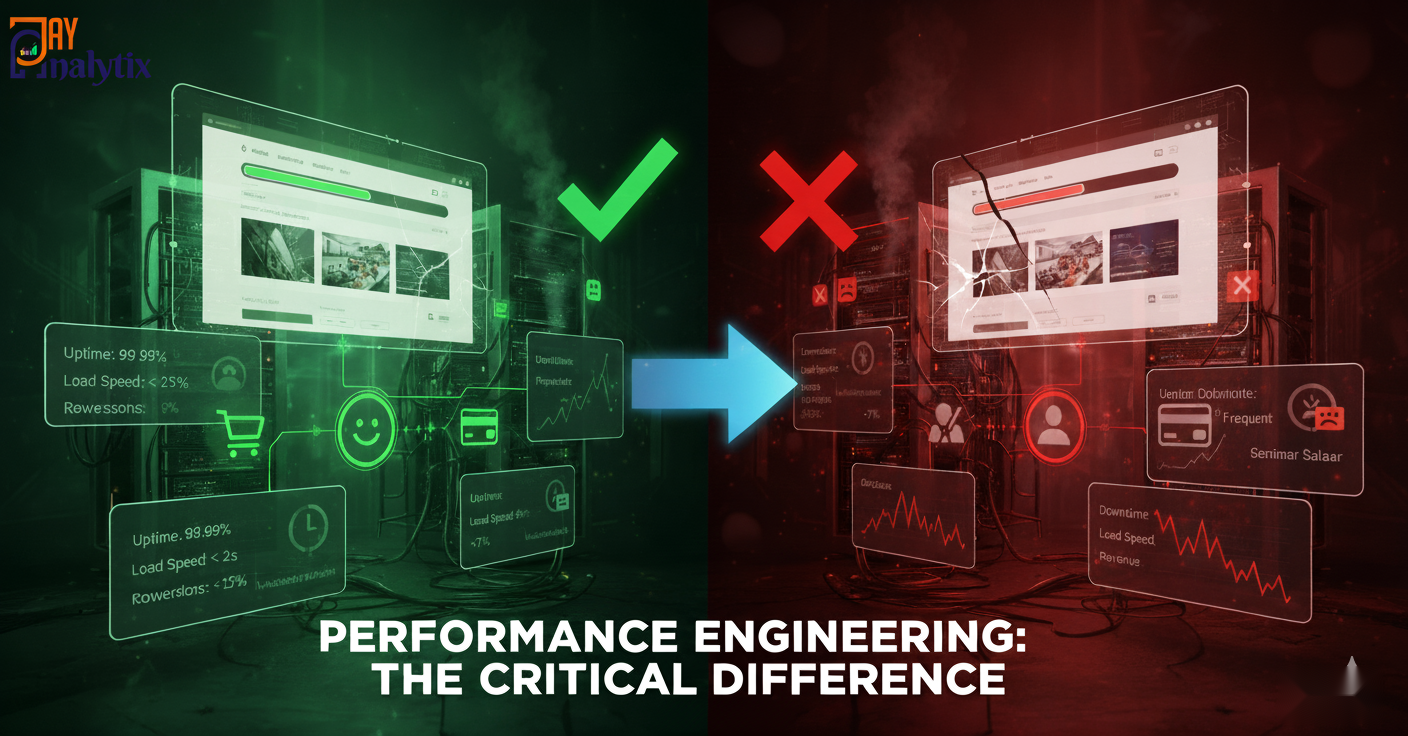
Top 10 Ways AI is Changing the Role of Data Analysts
From automating repetitive tasks to enhancing decision-making, AI in data analysis is completely reshaping how data analysts work. It’s making the role more dynamic, insightful, and essential than ever before.
For those aiming to stay ahead, understanding how AI is changing the role of data analysts is key to staying relevant, boosting productivity, and advancing your career. Here are the top 10 ways AI is making an impact:
1. Automation of Repetitive Tasks
AI tools for data analysis can now handle time-consuming tasks like data cleaning, preprocessing, and reporting. This frees analysts to focus on deeper insights and strategic decisions.
Jay Analytix’s pro tip: Get comfortable with tools like Pandas, NumPy, and R packages that streamline automation in data analytics—you’ll save hours and deliver cleaner results.
2. Enhanced Data Analysis Capabilities
With AI and machine learning for data professionals, massive datasets can be processed faster and more accurately. These tools uncover trends and patterns that human eyes might miss.
Jay Analytix’s pro tip: Dive into TensorFlow or PyTorch. A better grasp of machine learning algorithms means better interpretation of results.
3. Real-Time Data Processing
Thanks to real-time data analytics, analysts can now provide immediate insights—crucial for industries like finance, logistics, and e-commerce where every second counts.
Jay Analytix’s pro tip: Master tools like Apache Kafka and AWS Kinesis for real-time integration with AI systems.
4. Improved Data Visualization
AI in data visualization helps create interactive, intuitive visuals automatically—making it easier to communicate complex insights to non-technical stakeholders.
Jay Analytix’s pro tip: Explore AI features in Tableau and Power BI that incorporate predictive analytics with AI and natural language query capabilities.
5. Predictive Analytics and Forecasting
AI for data analysts enhances forecasting accuracy through advanced models. This helps businesses anticipate customer needs, market trends, and potential risks.
Jay Analytix’s pro tip: Brush up on regression models, neural networks, and time series forecasting to sharpen your predictive analytics game.
6. Natural Language Processing (NLP) Integration
With natural language processing in analytics, data analysts can now extract insights from unstructured data like reviews, chats, and social media.
Jay Analytix’s pro tip: Get familiar with libraries like spaCy, NLTK, and GPT-based models to unlock the power of qualitative data.
7. AI-Driven Decision Support Systems
Modern AI decision support systems offer scenario-based recommendations, helping analysts back their strategies with data and AI-powered projections.
Jay Analytix’s pro tip: Understanding how these tools generate suggestions helps you contextualize them for stakeholders and guide smarter business decisions.
8. Data Privacy and Security Considerations
As AI handles more data, new concerns around data privacy in AI arise. Analysts need to ensure ethical usage and compliance with laws like GDPR and CCPA.
Jay Analytix’s pro tip: Know how your tools store, process, and protect data. It’s not just about compliance—it’s about trust.
9. Continuous Learning and Skill Development
The evolution of AI in data analysis means continuous learning is non-negotiable. New frameworks, tools, and practices emerge rapidly.
Jay Analytix’s pro tip: Platforms like Coursera, DataCamp, and edX offer specialized AI courses to help you stay ahead in your role.
10. Collaboration with AI Specialists
With AI becoming core to analytics, teamwork with AI engineers and data scientists is critical. Cross-functional collaboration enhances both learning and outcomes.
Jay Analytix’s pro tip: Join projects with AI teams and attend knowledge-sharing sessions. You’ll boost your AI fluency and value as a data analyst.










